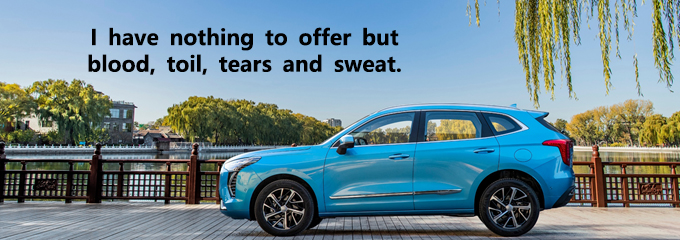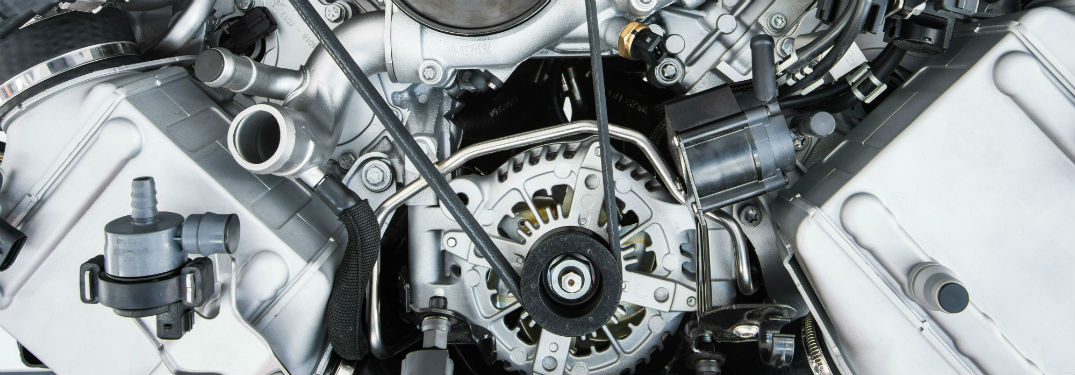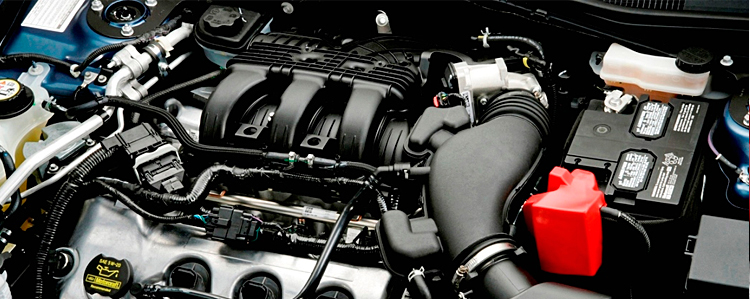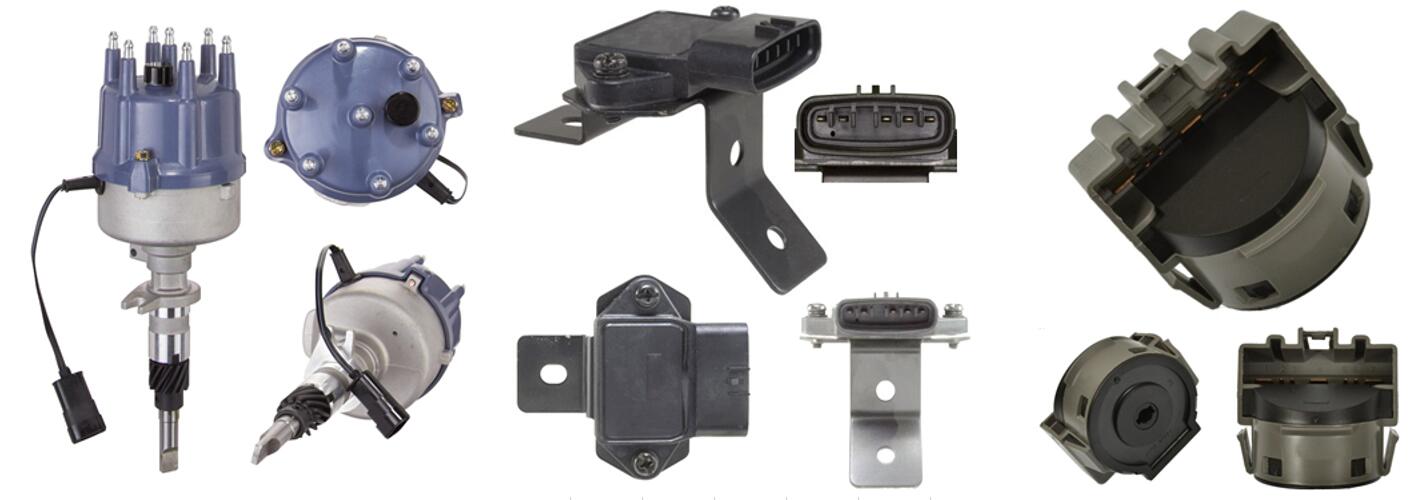
Engine idling is one of the indicators of smooth engine operation. The symptom of unstable idling is the most common problem you can meet. The performance has a significant impact on fuel consumption and emissions. Therefore, it is crucial to the vehicle's daily running. Different car models have different idling speeds.
When we talk about the erratic engine idling, it refers to the unbalanced power state caused by the improper gas force in the cylinder. It leads to the inconsistent horizontal force of the pistons. The lateral power is unbalanced. The symptom of vehicle juddering occurs.
In short, the erratic engine idling means that the engine works astatically at idling. We can clearly feel the vibrations in the car.
● Juddering while idling and juddering while traveling
● Uncontrolled, cyclical changes of the engine speed fluctuate up and down

Firstly, feel the degree of the engine juddering. You can also watch how much the dipstick handle wobbles. A smooth dipstick handle is clear, but a shaky one looks fuzzy.
Next, look at the engine speed. The tachometer is unstable, and the speedometer fluctuates when juddering at idle speed.
It is also possible to sit in the car and feel how the seat and steering wheel shake.
● Leakage of the intake manifold or various valves causing unstable idle speed
The air, exhaust gas and fuel vapour should not enter into the intake manifold. Otherwise, they make the air-fuel mixture too rich or too lean, causing abnormal engine combustion.
Common causes include loose intake manifold clamps or ruptured hoses, leaking intake manifold gaskets, broken intake manifold, leaking injector O-rings, detached and broken vacuum hose plugs, faulty crankcase forced ventilation (PCV) valve, open activated carbon canister solenoid valve, poorly closed exhaust gas recirculation (EGR) valve, etc.
● Throttle or idle motor not working smoothly
A dirty throttle makes the intake cross-sectional area smaller or makes the throttle not smooth working, making it impossible for the car computer to accurately control the air intake, which results in an unstable idle speed.
The air intake of some cars is idle motor controlled. The air goes through the idle motor. When there are too many carbon deposits, the air flow is not smooth. It will lead to less or more air intake and cause unstable idle speed.
● Inaccurate air intake
In addition to the above mechanical parts, some other factors indirectly affect the air intake, such as air flow meter problems, failure of the air intake temperature sensor and air intake pressure sensor, loose plug oxidation, etc.
These symptoms can cause the control unit to receive the wrong signal and send the wrong command. The air intake control of idling can be out of alignment. The combustion of the engine is not normal. It is an indirect cause of unstable idling speed.
● Injector faults
Blockage or poor sealing are reasons for the bad atomization, dripping or different amounts of oil spray.
● Abnormal fuel pressure
Low fuel pressure will lead to poor atomization or an insufficient amount of oil from the injectors. It's the reason for the lean air-fuel mixture and an unstable idle speed. The fuel pump can't work well. The coarse filter is blocked, and the fuel filter needs to be replaced.
High fuel pressure can lead to excessive actual fuel injection and an overly rich mixture. The regulator may be damaged.
● Inaccurate oil injection
The reason could be that the computer monitors the wrong intake signal or water temperature signal. As a result, the fuel injection is inaccurate.
● Bad quality fuel
For example, the fuel mixes with water. Or the petrol grade is too low.
● Unsuccessful ignition
It is easy to understand. It is also straightforward to check. The cylinder's ignition coil is damaged, the spark plug is loose, or the control signal is missing.
● Low ignition energy
Ignition energy is low, usually because the spark plug has been used for a long time. The electrodes are corroded and damaged. The gap is too large, etc.
In addition, carbon deposits between the electrodes of the spark plug, excessive resistance of the cylinder wire, leakage, aging of the ignition coil can also lead to low ignition energy.
● Wrong ignition timing
Wrong ignition timing is a problem that we generally easy to ignore. The too-early ignition timing leads to the engine ping. The too-late ignition timing leads to engine weakness.
This symptom is usually caused by incorrect signals from the camshaft position sensor and the knock sensor.
● Timing misalignment
Timing misalignment can lead to a condition that the vehicle has a slight rattle at idling and a noticeable rattle at medium speed. It makes the ignition timing wrong.
● Different cylinders pressures
If there is a problem with different pressures in one or several cylinders, each cylinder makes different engine conditions. As a result, the engine shudders.
● Damaged engine mounting
Damaged engine mounting causes the engine to judder too much during the operation. The engine may become unbalanced.
● Carbon deposits
The shuddering occurs because carbon deposits absorb a certain amount of fuel. The air-fuel mixture is too lean.
This kind of symptom involves too many possible causes. Each car may have a different issue. In this article, we only talk about the main repair idea. We should be flexible in real maintenance. We can make the proper judgment according to the test results, theoretical analysis and practical experience.

To repair a fault, we need to understand the fault first.
For example, when did the symptom appear? How long has the idle speed been unstable? Does it occur when the engine is cold or hot? Does the engine shake irregularly? Has the owner carried out any corresponding repairs? Have the spark plugs, ignition coils or other parts been replaced before? Has the car been cleaned of carbon deposits or the fuel lines and injectors? The mileage of the vehicle and the driving conditions of the owner are also essential factors.
The principle of maintenance is from electrical parts to mechanical parts, from simple ones to complex ones. Diagnostic trouble codes come first. That is, when we encounter a fault, we need to read whether there is a fault code first. If there is one, we repair according to it.
Talking about the repair order, we can check the electronic control system, ignition system, air intake system, fuel system and mechanical parts in turns.
For example, when we read the fault code, it indicates that the third cylinder can't run smoothly. We can narrow the diagnosis scale to it. The problem may be no ignition or oil injection. After that, we can focus on this component.
If the air-fuel mixture is too lean or too rich, or if one of the sensors fails, we can prioritize checking the corresponding part.
You can look at the data stream if we come across a vehicle with erratic idle speed and an overly rich mixture. When we detect an issue, look at whether the intake air temperature is normal, the water temperature is normal, etc. Efficiency can be significantly improved.
Sometimes, there are no fault codes. We need to check the easy ones first and then the difficult ones, based on the owner's description and recent service history.

We can check the ignition system first, then the air intake system, fuel system, engine mounting, carbon deposits, etc.
Here is a tip. If the vehicle judders when the engine is cold, but not when the engine is hot, weak acceleration happens, the culprit is excessive carbon deposits. We should think about it first. Carbon deposits can be caused by many factors.
In general, when we encounter trouble such as unstable idle speed, we should analyze the possible causes according to the time of appearance, fault codes, accompanying symptoms, and so on. We inspect and troubleshoot them one by one.
 Lauritz Carolsfeld
Lauritz Carolsfeld  November 04, 2021
November 04, 2021

